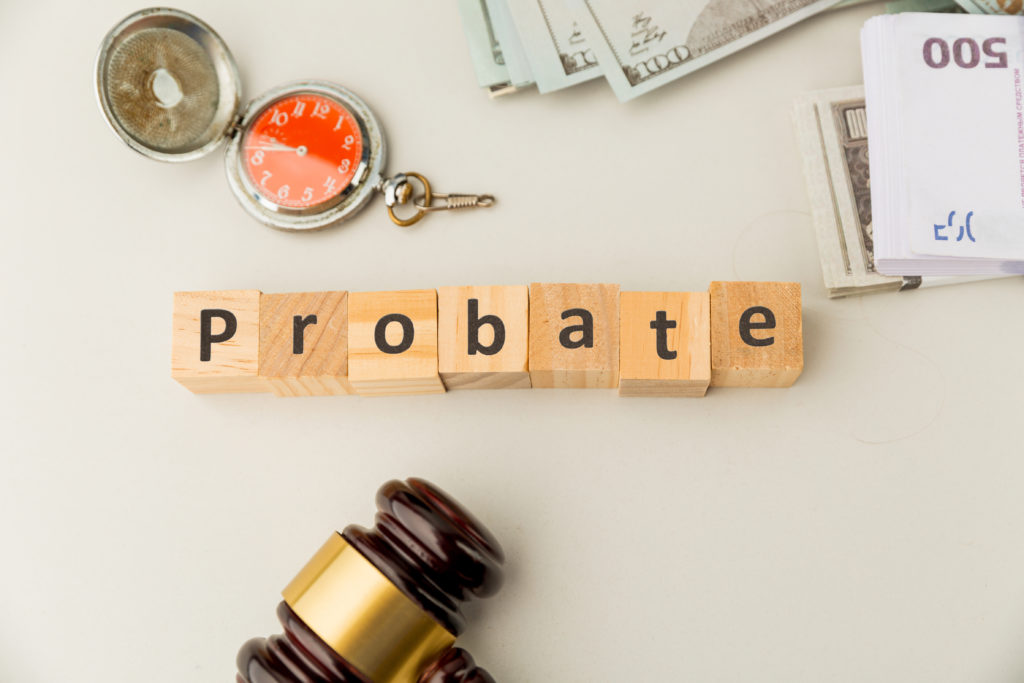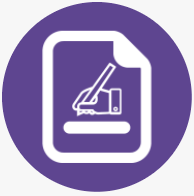
Maybe you have heard about probate, but few people really understand the process. If you are an Executor – or Personal Representative – of a Will, you should know how probate works. Here is a comprehensive guide of the probate process.
Last Will and Testament: The document that must be probated
A Last Will and Testament is the foundation of an estate plan. It is a legal document that allows the estate’s owner to choose how the estate will be distributed after they die. The Will’s creator, known as the testator, can list assets (home, financial accounts, valuables) and the beneficiaries (loved ones, charities) that will receive them. A Will also lets the testator to name a guardian to care for minor children if something happens to them.
When the testator passes, the Will must go through probate in order for its provisions to be legally carried out.
In the Will, the Executor – or Personal Representative – is named who oversees the Will through the probate process.
Related: Choosing an Executor for My Will
What is Probate?
Probate is the legal process of a probate court reviewing and verifying a deceased person’s Will. Once the Will is validated, the Executor can distribute the estate’s assets following the terms written in the document by the decedent.
Probate laws vary state-to-state. The Uniform Probate Code was first enacted in 1969 and amended in 1990 to help states standardize probate laws. To date, the code has been adopted by 19 states.
Related: Probate: What is it? Must all Wills go through Probate?
The Probate Process:
Here is the step-by-step process of the probate process that the Executor (Personal Representative) must follow:
Step 1: Locate the Will
When the Will’s creator dies, the named Executor must locate the document and any related paperwork.
Step 2: File a Probate Petition
You must file a request with the court (may be called “probate court” or “surrogate’s court”, depending on the state) in the county where the decedent lived. The original Will and death certificate are the required documents to be included in the petition. This begins the probate process. Each state has other forms that also must be completed and filed.
Step 3: Send Notices
Notifications of the decedent’s death and filing of the Will must be sent to all beneficiaries named in the Will and creditors (loans, credit cards). Legal notices are also required to be published in local newspapers so that anyone who may have a claim in the estate is alerted.
Step 4: Attend the Probate Hearing
After notices are sent, the matter goes through an administrative review. If there are issues, the court may hold a hearing, and the petitioner usually needs to attend. This is necessary in order to get approval to act as the Executor and to allow anyone who may have objections to the Will or your appointment as Executor to speak.
Step 5: The Probate Case Opens
Once you are approved as the Executor, the court will issue Letters of Testamentary, authorizing you to act on behalf of the estate. This opens the probate case. You may now legally serve as the estate’s Personal Representative. The probate process can take several weeks to several months or longer, depending on the complexity of the estate and if there are any legal challenges.
Step 6: Post a Bond
In some cases, the court may require you to post a bond. It’s kind of like an insurance that protects the estate from any losses due to negligence.
Step 7: Take an Inventory of Assets
You must take stock of all the estate’s assets – property, bank accounts, investments, vehicles, stocks, valuables, etc. A list detailing values of the assets must be submitted to the probate court. These values are date-of-death – meaning what they were worth on the date the testator died. You may also collect any of the decedent’s remaining pay checks on behalf of the estate.
Step 8: Pay Bills and Debts
Gather all bills and debts. If there is a mortgage, you will have to pay the monthly bill until the estate is settled or the property is sold. Any loans need to be paid off. Debts take priority before any assets are distributed to beneficiaries. Make sure there is enough money in the estate to cover any bills and expenses during the probate process.
Step 9: Set up an Estate Account
Open a checking account in the name of the estate to pay bills and expenses.
Step 10: Pay Final Taxes
The decedent’s final income tax return must be filed, and any property taxes must be paid. If the estate is valued under $11 million, there are no federal estate tax concerns. Each state has a different state estate tax exemption, so it’s important to check your state’s laws.
Step 11: Distribute Assets to Beneficiaries
After all debts and any claims are paid, the remaining assets can be distributed to the named beneficiaries as directed by the instructions in the Will. You should receive a receipt from each beneficiary that they received their asset.
Step 12: Settle/Close the Estate
Once all assets are distributed, you must notify the probate court. An affidavit must be filed detailing that all obligations have been completed. The probate case will remain open for a period of time, depending on state law, to allow any final claims or objections to be filed against the Executor or estate. If there are no claims, the court will close the estate and your duty as Executor is terminated.
Contrary to belief, you do not need an attorney to create a Will. Gentreo offers a simple, affordable online Will that ensures everything you worked so hard for will be protected and go to those you choose. You can store your Will and all your important documents in Gentreo’s Digital Family Vault that can be accessed anytime from anywhere.







